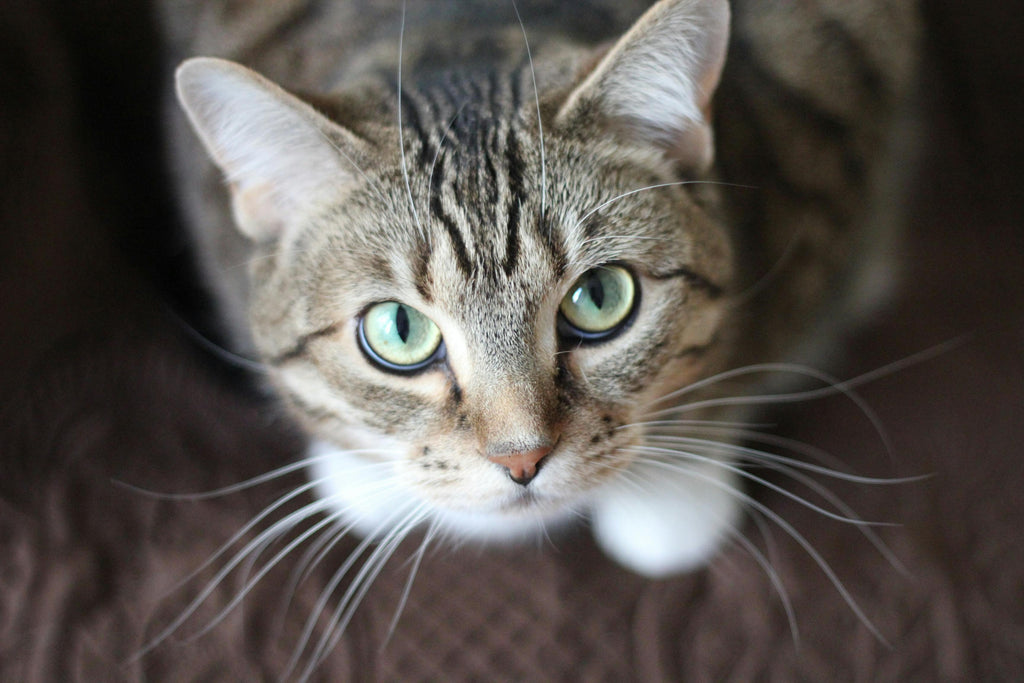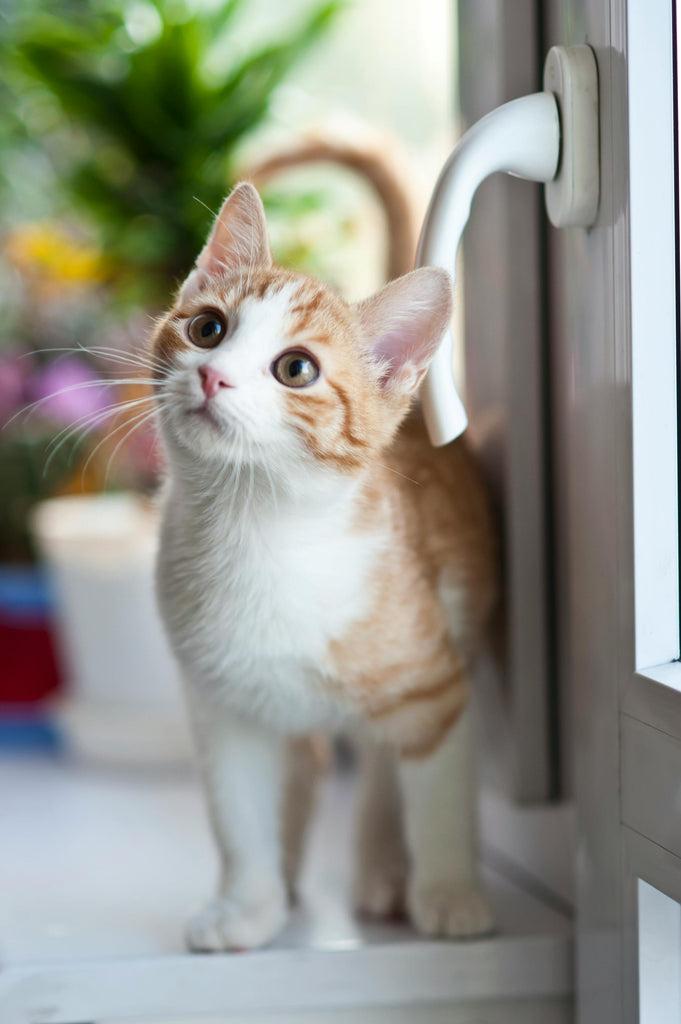
Understanding Pet Behavior: What Your Pet’s Actions Are Trying to Tell You

Our pets communicate with us in ways that go beyond words. Every wag of a tail, tilt of a head, or sudden burst of energy carries meaning. Understanding these behaviors helps create a deeper bond and ensures their well-being.
Many people assume that a wagging tail always signals happiness in dogs, but that’s not necessarily the case. The way a dog wags its tail can indicate excitement, uncertainty, or even aggression. A fast and loose wag is usually a sign of friendliness, while a slow wag with a stiff posture can indicate caution. A tail tucked between the legs often means fear or submission, while a raised, stiff tail can suggest alertness or dominance.
Barking is another way dogs express themselves. Some bark to greet their owners enthusiastically, while others bark persistently to warn of potential threats. A short, high-pitched bark often signals excitement, whereas a deep, continuous bark can be an alert. Growling, on the other hand, is usually a sign of discomfort or fear, warning that a dog may need space.
Cats also rely on body language to communicate their feelings. Their tails serve as an emotional barometer, lifting high when they’re happy and curling slightly at the tip when they feel affectionate. A puffed-up tail usually signals fear or aggression, and a flicking tail can indicate irritation. Cats also have a unique way of expressing love through slow blinking. If a cat looks at you and blinks slowly, it’s a sign of trust, and returning the gesture can strengthen your bond.
Another well-known cat behavior is kneading, where they push their paws into a soft surface, such as a blanket or a lap. This action, which originates from kittenhood, is often associated with comfort and contentment. However, some cats knead as a way of marking their territory through the scent glands in their paws. On the other hand, if a usually social cat starts avoiding contact or hiding, it may be experiencing stress or illness, and monitoring for other signs of distress is essential.
Beyond dogs and cats, other pets also exhibit unique behaviors. Rabbits, for example, thump their back feet when they sense danger or feel threatened, while a sudden jump and twist in the air, known as a binky, is a sign of joy. Birds communicate through feather fluffing and head bobbing; while fluffing can indicate relaxation, it may also be a sign of illness if persistent. Reptiles sometimes engage in “glass surfing,” where they repeatedly try to climb the walls of their enclosure, which could suggest stress, improper habitat conditions, or a need for more space.
Responding to these behaviors appropriately is key to fostering a healthy relationship with your pet. Positive reinforcement, such as rewarding good behavior with treats, praise, or playtime, can encourage desirable actions. When pets show signs of stress or discomfort, giving them space and identifying possible triggers can help them feel secure. A sudden change in behavior may indicate an underlying issue, making it important to seek guidance from a veterinarian or an animal behaviorist when needed.
Pets constantly communicate through their actions, and learning to interpret their signals can help build a stronger, more trusting relationship. Paying attention to their unique ways of expressing emotions allows for better care and a happier life together. Have you noticed any intriguing behaviors in your pet? Share your experiences and insights!




